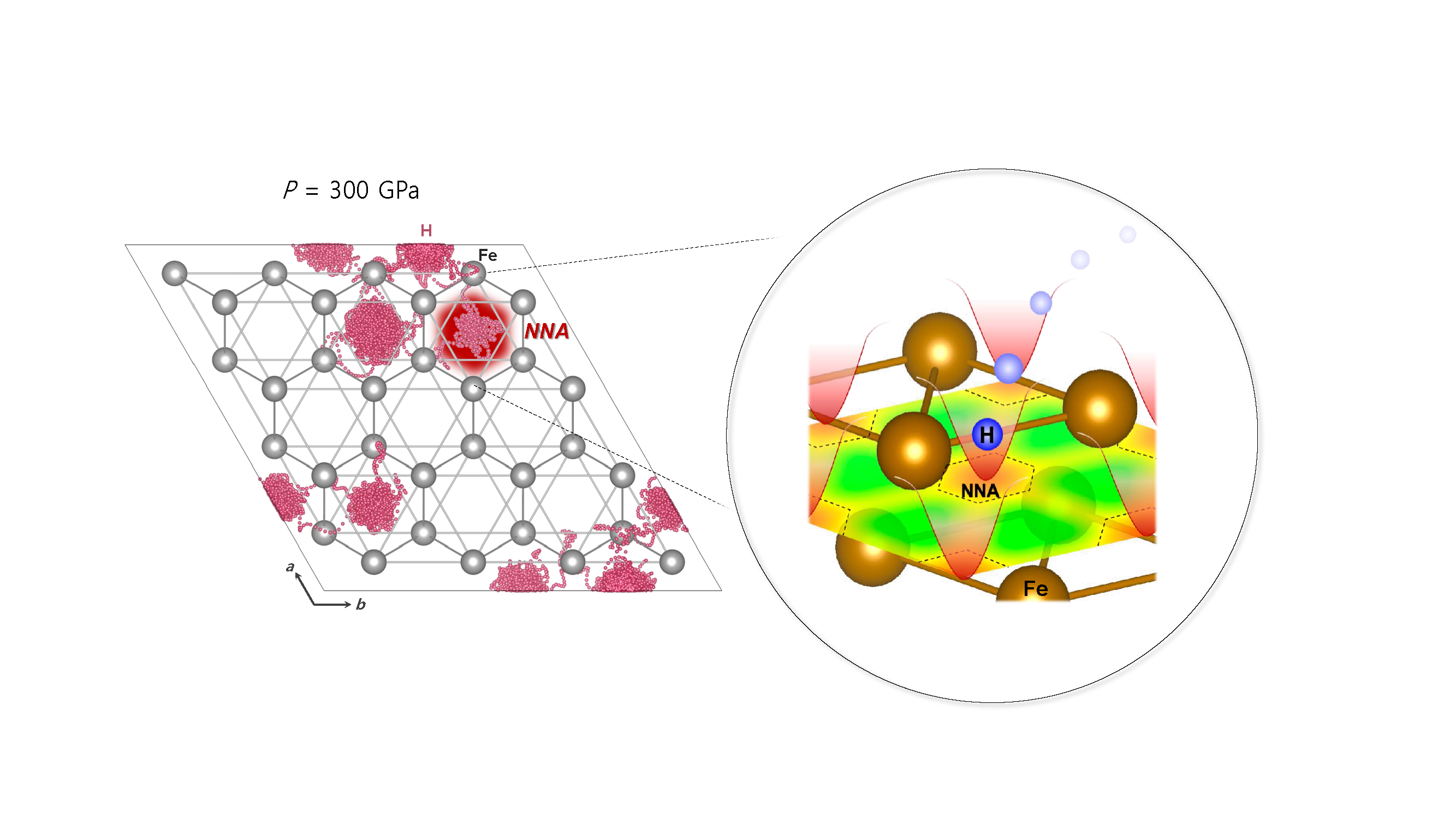
In a significant study led by Dr. Duck Young Kim of HPSTAR and Prof. Ji Hoon Shim from POSTECH Korea, published in the prestigious journal Advanced Science, a new understanding of the superionic transition in iron alloys has been uncovered. This discovery sheds light on the mysterious behavior of materials under extreme pressure conditions, particularly in the Earth's inner core.
Iron is a key component of the Earth's core, and recent research suggests that iron-light-element alloys, such as hcp-Fe(H, C, or O)x (where x is less than 1), may constitute a significant portion of the inner core material. Under high pressures of approximately 300 gigapascals (GPa), these alloys exhibit a remarkable phenomenon known as superionicity. In this state, hydrogen ions are able to move freely within the lattice of hcp iron, while the structure of the lattice itself remains dynamically stable.
The implications of superionicity extend far beyond Earth's core, impacting properties such as seismic velocity, electrical conductivity, and magnetism within planetary interiors. However, the mechanisms driving this transition under extreme pressure and temperature conditions have remained elusive until now.
The research team's findings reveal that under high-pressure conditions of approximately 100 GPa, hcp-Fe alloys undergo an electride transition. This means that doped hydrogen ions within the alloy are influenced by non-nuclear attractors (NNA) originating from the parent compound hcp-Fe. Interestingly, despite the intense pressure, the interaction between hydrogen ions and iron atoms is relatively weak, thanks to the stabilizing effect of NNA on the metal lattice. This phenomenon provides a crucial pathway to superionicity.
Moreover, the study suggests that the electride-driven superionicity observed in iron alloys may have broader implications. By establishing a fundamental interaction between the electride of the parent metal and doped light elements such as carbon, nitrogen, oxygen, and magnesium, this mechanism could potentially be generalized to other metal electrides and rocky planetary cores. Additionally, as the phenomenon occurs near 100 GPa, it could help differentiate between the core states of Earth and Mars.
In essence, this research not only deepens our understanding of the behavior of materials under extreme conditions but also offers insights into the fundamental processes shaping the composition and dynamics of planetary interiors, including our own planet's enigmatic core.

Caption: Molecular dynamics (MD) trajectory of H in superionic hcp-FeH0.25 at temperature of 1000 K and pressures 300 GPa and the diffusion process of H anion around the NNA site schematically (2D display of ELF indicates the NNA formation at the octahedral sites marked with dashed hexagons).
电子晶体是指晶体结构间隙位存在电子,它们不会被原子核吸引。电子晶体材料表现出特殊物理和化学性质,除了特殊的松散晶体结构,间隙位电子还可以作为准原子(阴离子),与其他元素离子发生化学相互作用。在元素金属中,电子晶体转变主要发现于碱金属中,其中价电子可以轻松获得足够的动能以逃离原子核。然而,过渡金属中的电子晶体的研究还很少。北京高压科研究中心的Kim研究员带领的国际研究团队发现在地球内核的高压条件下铁电子晶体的形成,并且驱动铁氢合金进入超离子态:电子晶体稳定了铁晶格,并通过切断金属与挥发性元素之间的直接相互作用为间隙位杂质扩散提供了途径。该研究结果表明,通过高压下电子晶体转变,可促进金属与掺杂轻元素之间的相互作用,使得电子晶体驱动的超离子性可以推广其他类地行星核。相关结果以“Electride Formation of HCP-Iron at High Pressure: Unraveling the Origin of the Superionic State of Iron-Rich Compounds in Rocky Planets”为题发表于《Advanced Science》。